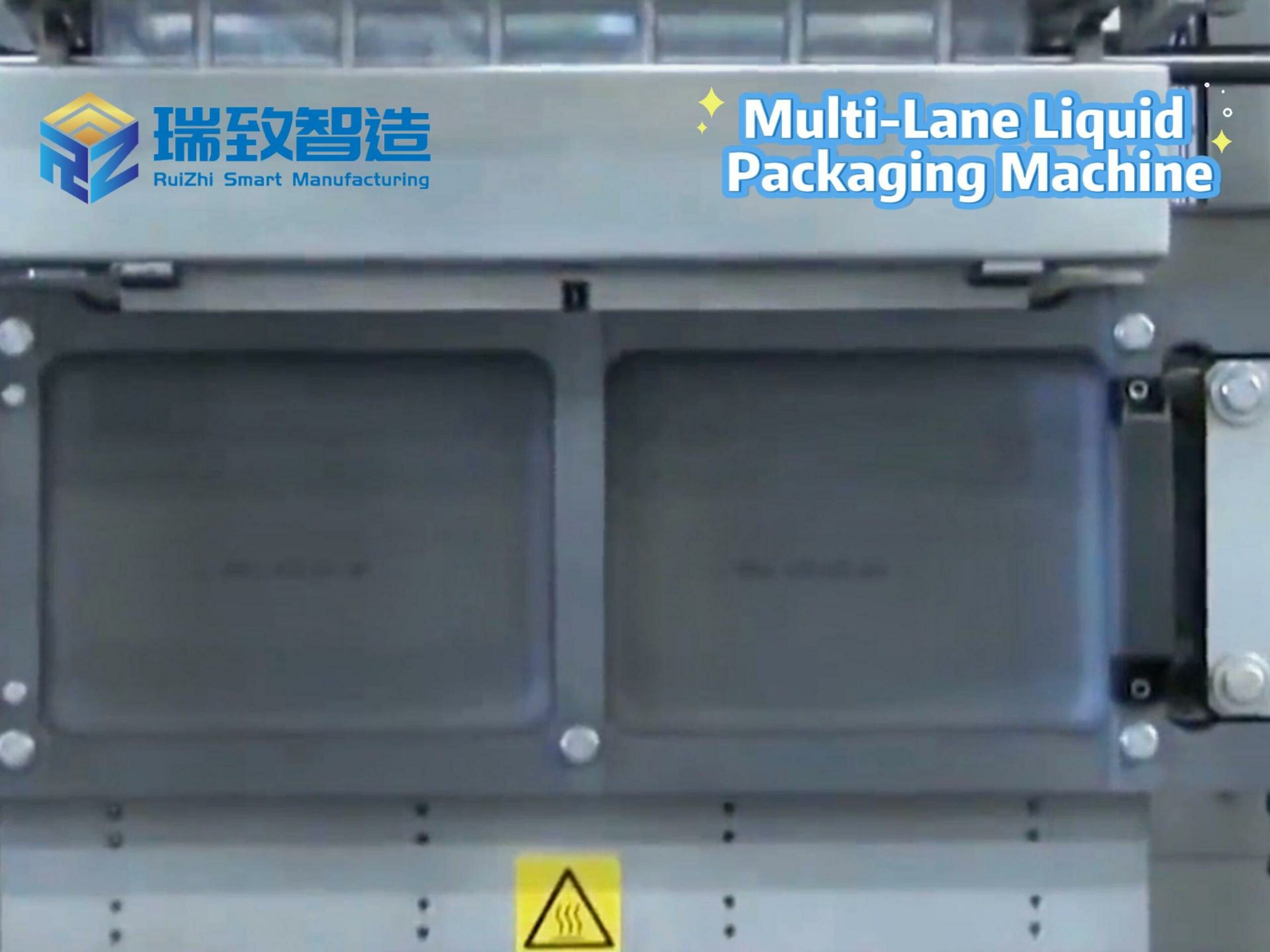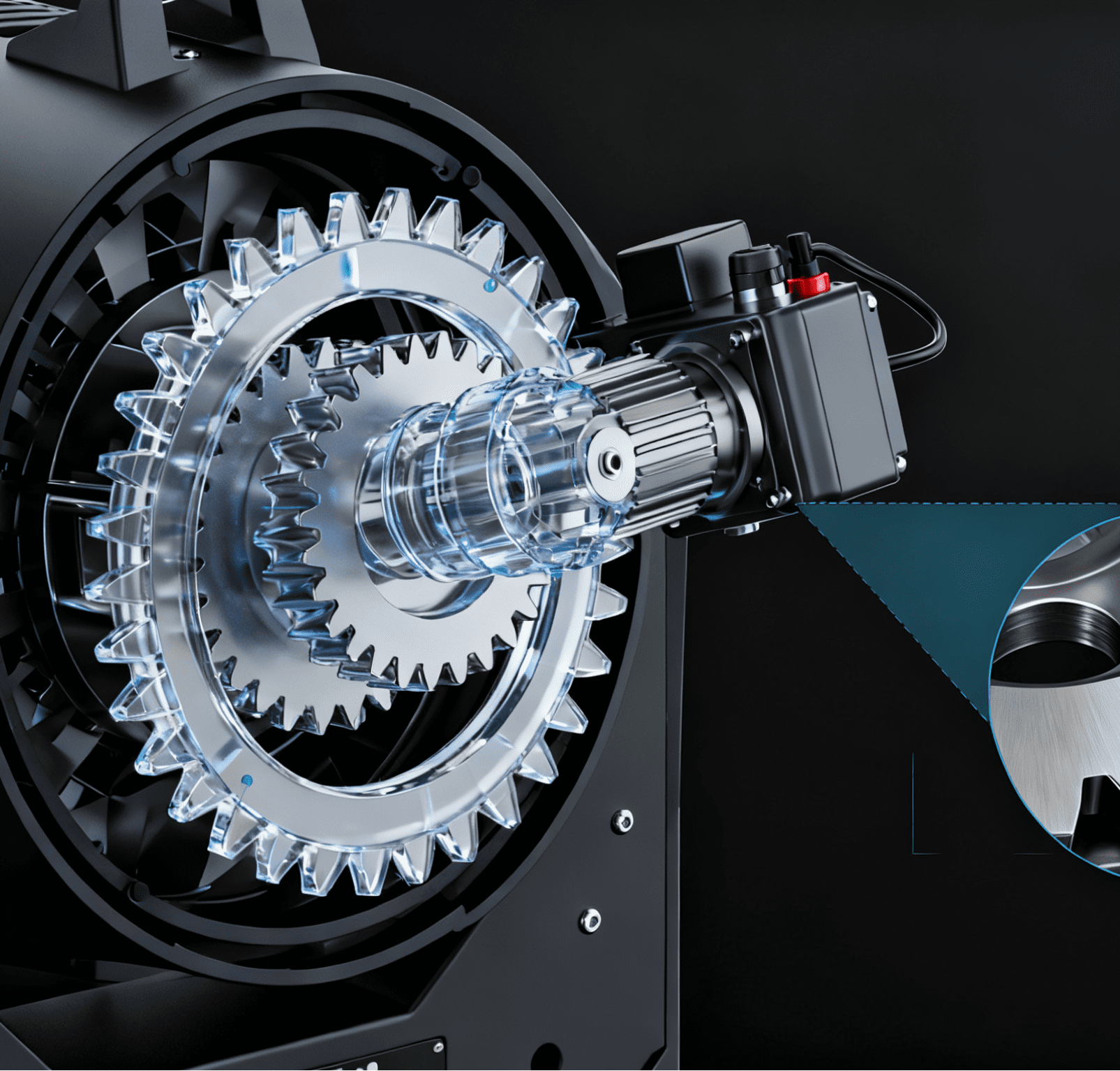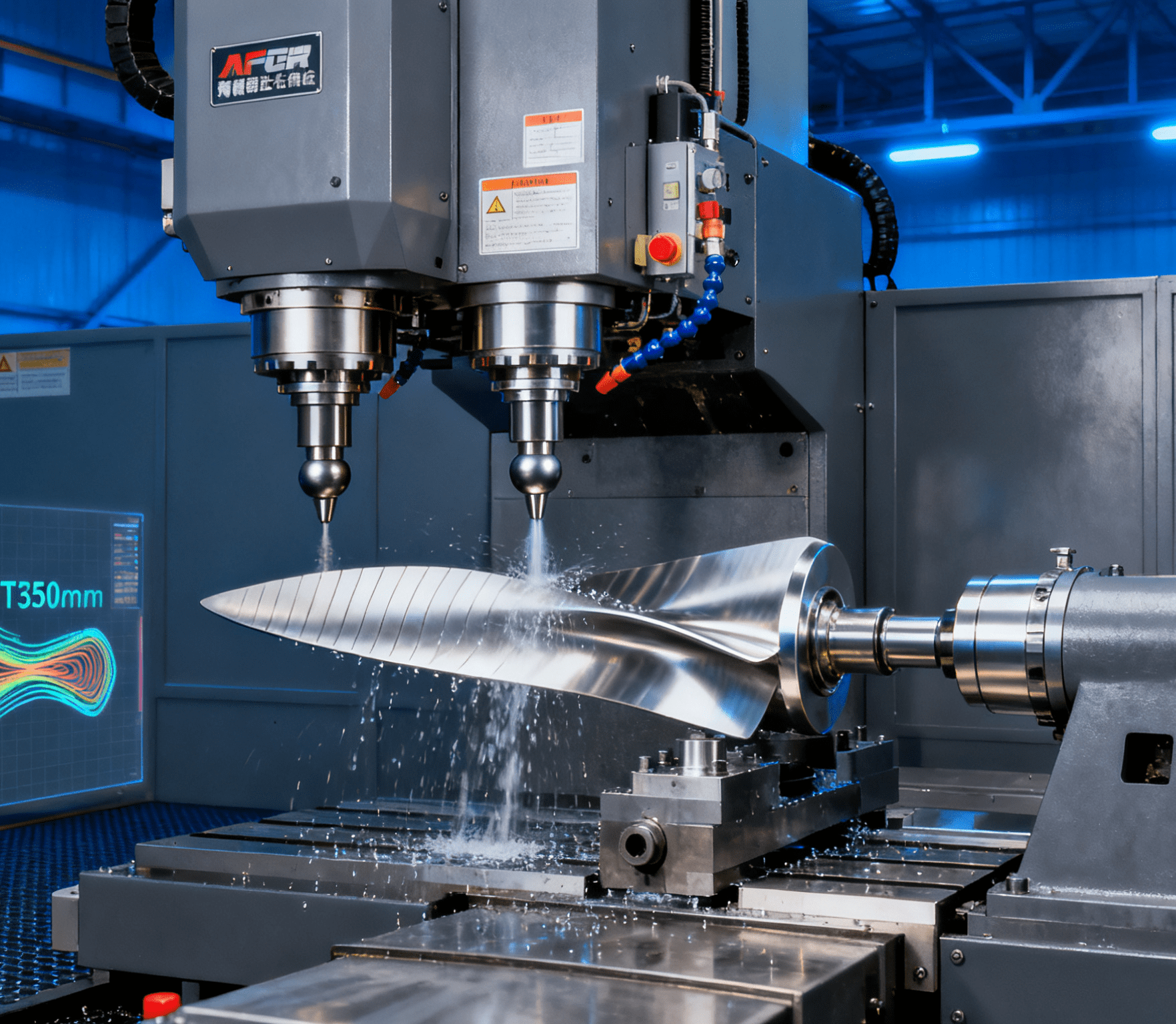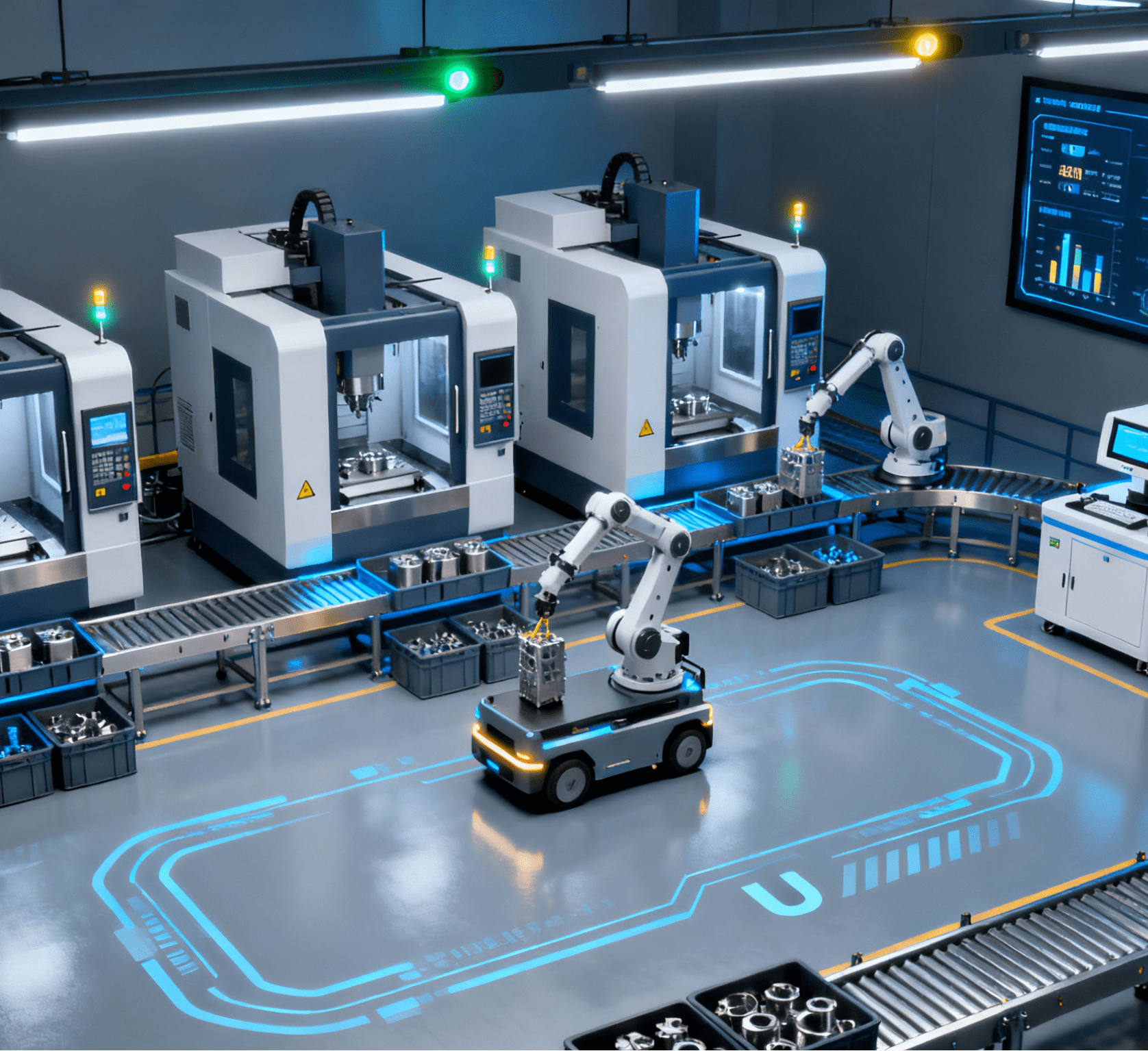Table of Contents
ToggleThe New Paradigm of Human-Machine Collaboration: How Flexible Automatic Assembly Equipment Reconstructs Factory Human-Machine Relationships

Introduction
Under the wave of Industry 4.0, the single logic of “machines replacing humans” is evolving toward “human-machine integration”. Through breakthroughs in safety technologies, innovations in interaction interfaces, and reconstruction of task allocation, flexible automatic assembly equipment not only improves efficiency but also redefines the collaboration boundaries between humans and machines in factories. This article analyzes this ongoing human-machine relationship revolution from three dimensions: technical principles, application scenarios, and ecological changes.
I. Iteration of Safety Technologies: From “Physical Isolation” to “Dynamic Integration”
Traditional automated production lines rely on physical isolation means such as guardrails and light gratings, which ensure safety but sacrifice flexibility. Flexible equipment turns human-machine collaboration areas into “touchable safe zones” through intelligent sensing technologies.
1. Force Control Sensing Technology: Endowing Robotic Arms with “Tactile Sensation”
- Technical Core: Six-dimensional force sensors (e.g., KUKA LBR iiwa with 0.1N force resolution) are integrated into robotic arm joints to real-time sense the magnitude and direction of contact force. When a worker accidentally touches an operating robotic arm, the system collects force data at a frequency of 1000Hz and triggers a “soft stop” within 0.1 seconds – not an emergency stop lock, but a slow force unloading at an acceleration of 0.5m/s² to avoid collision injuries.
- Case Evidence: A German automotive electronics factory set up a human-machine integration zone in its vehicle camera assembly line, where workers are responsible for manual quality inspection of camera housings and cable arrangement, while robotic arms simultaneously complete chip welding. After introducing force control technology, the accident rate in this zone dropped from 0.3 times/10,000 hours in traditional lines to 0, with capacity increasing by 22%.
2. Dynamic Safety Zone Division: Defining Collaboration Boundaries with Vision
- Technical Architecture: A millimeter-level precision spatial map is constructed through 3D TOF cameras (e.g., PMD Technologies’ CamCube 3.0), combined with UWB positioning systems to track worker positions in real-time. When a worker enters within 0.5 meters of the equipment, the robotic arm’s operating speed automatically drops to a safety threshold (e.g., 20% of the rated speed); when leaving beyond 1 meter, the speed returns to 100%.
- Efficiency Breakthrough: After adopting this technology in a domestic new energy battery pack line, the originally isolated module assembly station became an open area, allowing workers to intervene at any time for supplementary O-ring installation. The equipment no longer needs frequent start-stop, shortening the cycle time per station by 18%.
II. Innovation in Interaction Interfaces: From “Code Control” to “Natural Interaction”
Traditional equipment relies on professional engineers for operation through PLC programming or HMI interfaces, while flexible equipment enables frontline workers to become “collaborators” rather than “bystanders” through multimodal interaction technologies.
1. Gesture Recognition System: Zero-Training Quick Start
- Technical Implementation: A gesture tracking module based on Leap Motion supports 27 types of gesture commands (such as “grab”, “pause”, “switch product model”). Workers wear lightweight AR glasses and can complete equipment mode switching through 空中手势 (air gestures) – for example, flipping the palm upward twice automatically 调取 (retrieves) the process parameters for the next product model, requiring no screen touch throughout.
- Training Revolution: After introducing the gesture interaction system, a US-funded medical device factory shortened the new employee training cycle from 14 days on traditional equipment to 2 hours, with misoperation rates dropping by 73%. In arthroscopic surgical instrument assembly, workers quickly adjust the robotic arm’s clamping angle via gestures to adapt to precision components of different models.
2. AR Assist System: Real-Time Guidance through Virtual-Real Integration
- Application Scenario: In complex assembly processes (such as the alignment of 20+ pins for aerospace connectors), HoloLens 2 projects virtual assembly paths, allowing workers wearing the device to see “transparent” robotic arm movement trajectories and workpiece positioning references. After the robotic arm completes pre-assembly, the AR system automatically marks the positions of screws requiring manual supplementary installation and indicates tightening torque with arrows (e.g., “5N・m clockwise rotation”).
- Quality Improvement: After using the AR assist system, a French aviation parts factory reduced the first-piece debugging time for complex components from 4 hours to 30 minutes, improved assembly consistency from 89% to 98.7%, and decreased manual missing assembly rates by 92%.
III. Reconstruction of Task Allocation: From “Machine-Dominated” to “Complementary Advantages”
Flexible equipment redefines human-machine division of labor through AI algorithms – machines handle “high-precision, repetitive, dangerous” tasks, while humans focus on “decision-making, flexible, creative” work, forming a synergistic effect of “1+1>2”.
1. Cognitive Task Allocation Model
- Technical Principle: A task scheduling algorithm based on reinforcement learning (such as Deep Q-Network) evaluates human-machine efficiency ratios in real-time. For example, in mobile phone battery assembly:
- Machine tasks: Cell welding (accuracy ±0.02mm, efficiency 300 times/hour), airtightness detection (leak rate ≤5ppm);
- Human tasks: Visual verification of battery labels (identifying complex stains and wrinkles), adjustment of cable routing (adapting to non-standard incoming materials).
- Efficiency Formula: A domestic 3C giant optimized the human-machine ratio in traditional production lines from 1:5 to 3:2 through this model, increasing unit labor output value by 45%.
2. Exception Handling Mechanism: Making Workers “Intelligent Nodes”
- System Architecture: When the equipment detects incoming material size deviations (e.g., tolerance ±0.1mm→±0.15mm), it no longer blindly reports errors and stops, but sends exception work orders to nearby workers through the MES system (accompanied by 3D models of parts and adjustment suggestions). After workers confirm at the station terminal, they manually fine-tune the fixture to compensate for deviations, while the equipment automatically learns from this processing plan, forming a closed loop of “manual intervention – data feedback – algorithm optimization”.
- Case: The Flexible Revolution in Automotive Wiring Harness Assembly
Facing mixed production of over 1000 types of wiring harnesses, traditional equipment in a Japanese automaker would stop and wait for engineers whenever non-standard incoming materials were encountered, with an average downtime of 12 minutes/time. After introducing the flexible system, workers could complete on-site adjustments within 3 minutes, and the equipment autonomously updated compensation parameters, reducing downtime frequency by 85% and shortening the delivery cycle by 30%.
IV. Ecological Change: From “Equipment Isolations” to “Collaboration Networks”
Human-machine collaboration with flexible equipment extends beyond the physical space to the digital world – through digital twin technology, workers can pre 演 (rehearse) collaboration processes in the virtual space and identify human-machine interference points in advance. A virtual debugging platform built by a German automotive factory compressed the new model production line debugging time from 8 weeks to 2 weeks, with optimization of human-machine collaboration scenarios contributing 40% of the time saved.
Conclusion
The essence of human-machine collaboration is not “who replaces whom” but “how to make machines understand humans better and humans use machines better”. Flexible automatic assembly equipment is constructing a new production relationship of “machines as extended arms and humans as intelligent brains” through safety technologies that enable worry-free collaboration, interactive designs that naturalize operations, and task allocations that complement advantages. When every workstation in the factory becomes a “human-machine integration unit”, manufacturing can truly move toward an intelligent future that “puts humans first”.




















